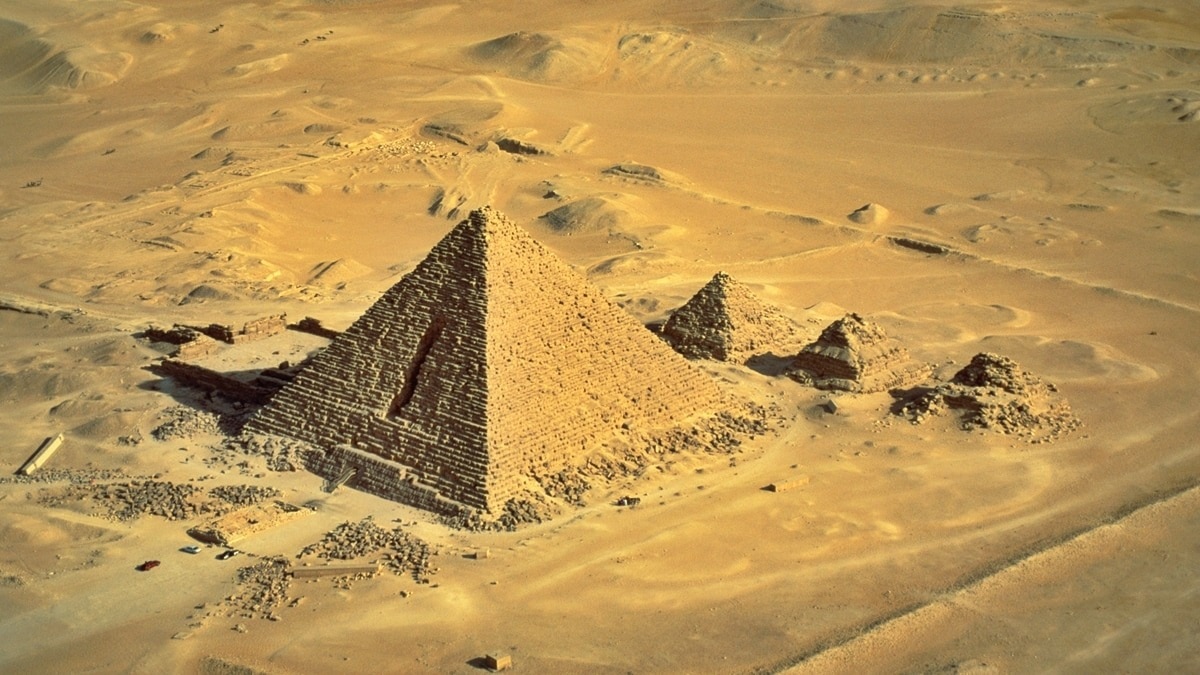Did an ancient Indian civilization help give rise to the Pharaohs? Maritime historian Nick Collins believes the Indus-Sarasvati region may have played a hidden but decisive role in shaping Pharaonic Egypt—and he’s laying out a bold case that challenges long-held assumptions about early history.
In a detailed X thread, Collins, a British maritime historian, argues that the immense economic power of the Indus-Sarasvati civilization wasn’t just fueling distant trade—it may have set off a chain reaction that transformed Egypt into one of the ancient world’s most powerful empires.
“Did India’s Indus-Sarasvati region indirectly lead to the creation of Pharaonic Egypt?” Collins asked, before outlining how the Mesopotamian city-state of Uruk, heavily reliant on Indus goods, may have invaded Egypt to secure what it lacked: gold.
According to Collins, artifacts uncovered in Egypt’s Naqada region during 19th-century excavations by pioneering archaeologist Flinders Petrie point to strong external influences. These included Sumerian-style mud-brick tombs, Afghan lapis lazuli commonly used in Sumeria, pottery bearing boat motifs, and even cylinder seals resembling those used in Indus trade.
“This wasn’t just trade influence,” Collins argues. “All suggest transplant, not influence.”
Other scholars have also questioned the standard narrative. He cites historian Peter James, who observed architectural and ceramic similarities between Mesopotamia and Egypt. Jared Diamond, meanwhile, questioned the sudden appearance of hieroglyphs—an anomaly when compared to gradual linguistic evolution in other civilizations.
Then there are the myths. Both Egyptian and Mesopotamian cultures share creation stories featuring cosmic waters—“Nun” in Egypt and “Nunki” in Sumer—along with the motif of “Seven Sages,” hinting at shared, possibly imported, cosmologies.
But what drove the invasion? Collins suggests it was gold. While the Indus-Sarasvati region provided Sumer with essentials like food, timber, spices, and lapis lazuli, Egypt’s primary offering was its vast stores of gold—an asset deeply valued in ancient India. “Invasion secured it,” he wrote.
He blames post-colonial academic trends and the long shadow of the discredited Aryan Invasion Theory for sidelining the Indus-Sarasvati region’s wider global role. “Failure to study early maritime trade… marginalised the Indus-Sarasvati area’s wide economic impact,” Collins stated.
Ultimately, Collins believes the Indus-Sarasvati’s overlooked economic reach may have sparked nothing less than the birth of Egypt’s first great empire.







